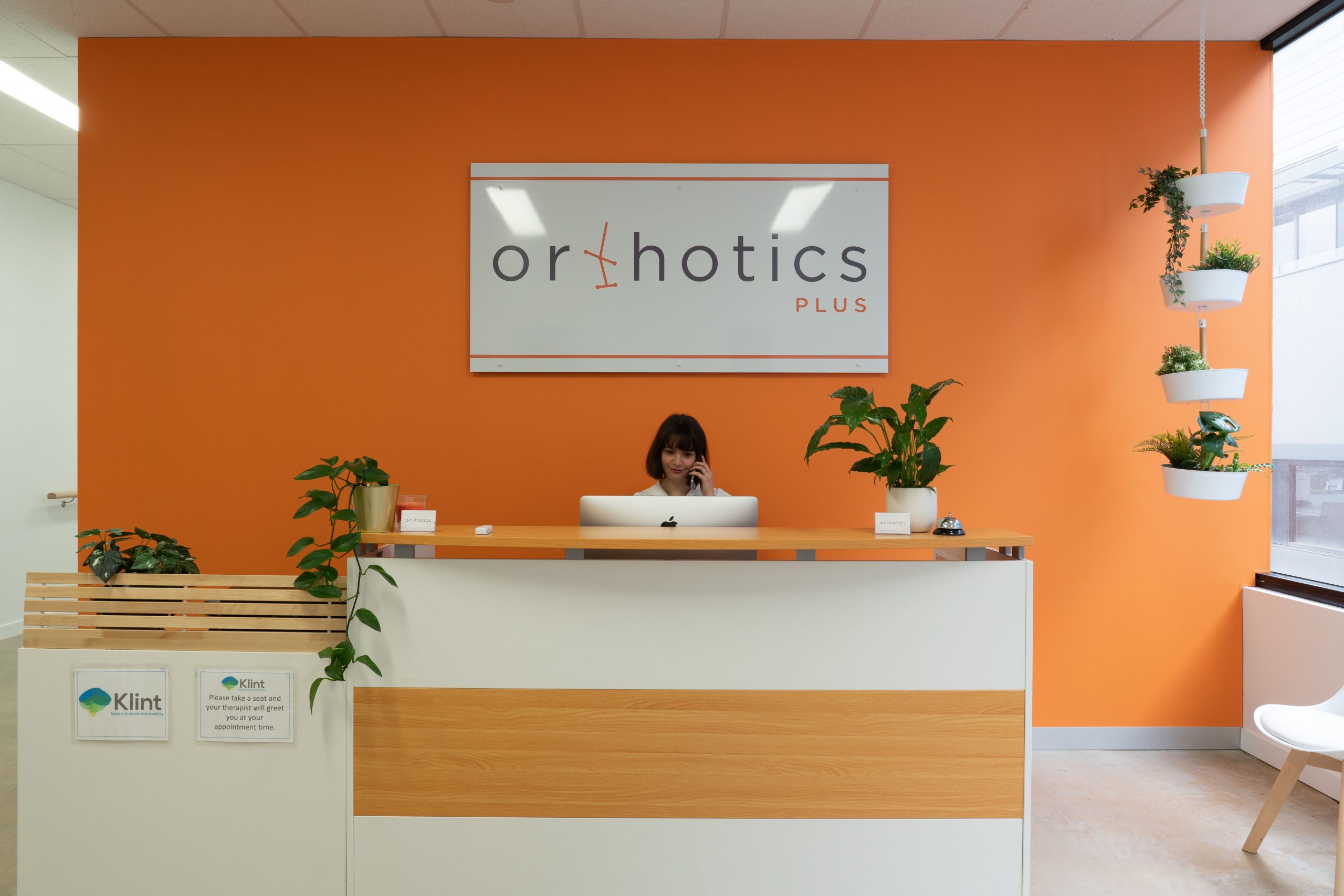Orthotic Assessments for Runners
For marathon runners—or anyone doing a significant amount of running experiencing recurrent or ongoing foot pain—the best approach is to start with a thorough assessment to understand the root cause of any issues.
We look into factors like whether you’ve recently increased your training load, changed your footwear, or are dealing with recurring injuries or an existing diagnosis.
Then we’ll do a physical assessment. We look at foot structure, how you move biomechanically, and try to spot anything that stands out. If we find something—like a dropped second metatarsal, overpronation, a rigid foot, or a history of stress fractures—we can build orthotics with features that help offload pressure, improve alignment, or provide support where it’s needed.
For someone newer to running or just starting to build mileage, we might hold off on orthotics and instead focus on things like training load, footwear advice, and technique.
It’s all about finding the right solution based on your specific situation.
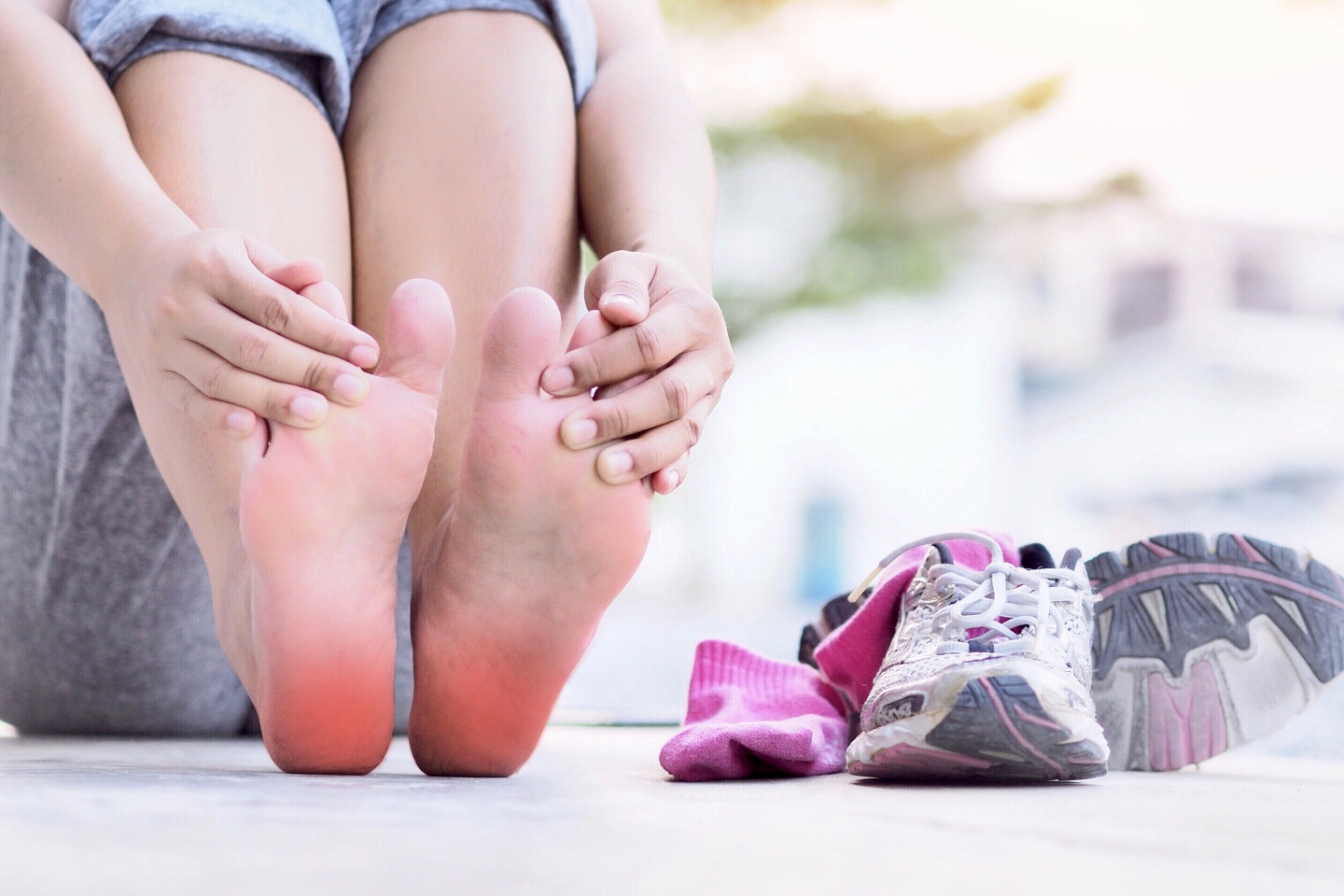
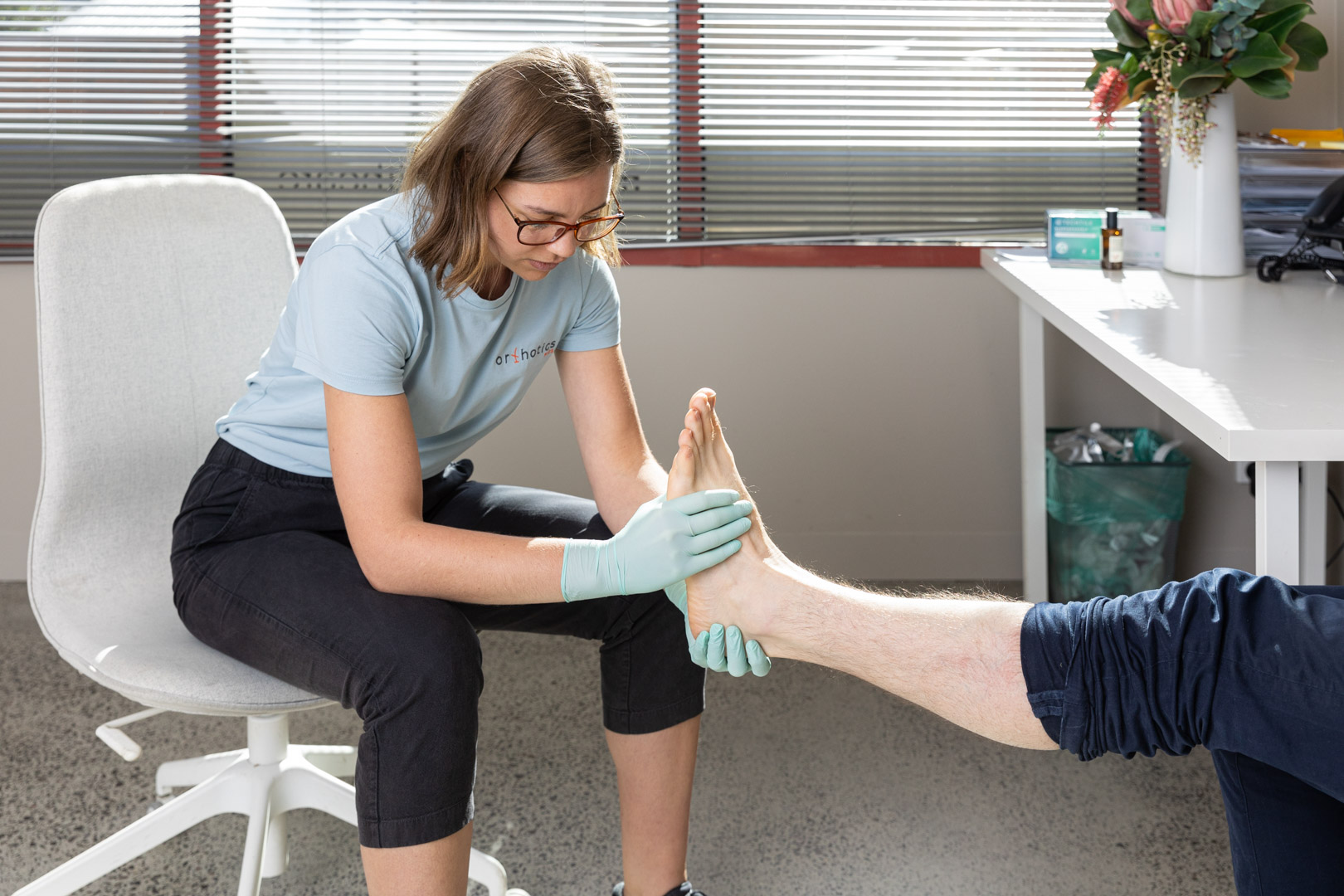
Advice on Footwear
Shoe advice plays a big part too. Sometimes, patients might just need a stability or motion-control shoe, especially if they overpronate, rather than jumping straight into orthotics.
Once we’ve worked through those basics, we’ll look at whether orthotics are needed. For kids, something off-the-shelf might be enough. But for adults, or if there’s a specific issue that needs more support, then we’ll consider custom foot orthotics.
And when someone does get custom orthotics, we always recommend easing into them. You definitely don’t want to go out and run a full marathon the first day you wear them. There’s a break-in schedule we follow to help your body adjust gradually.
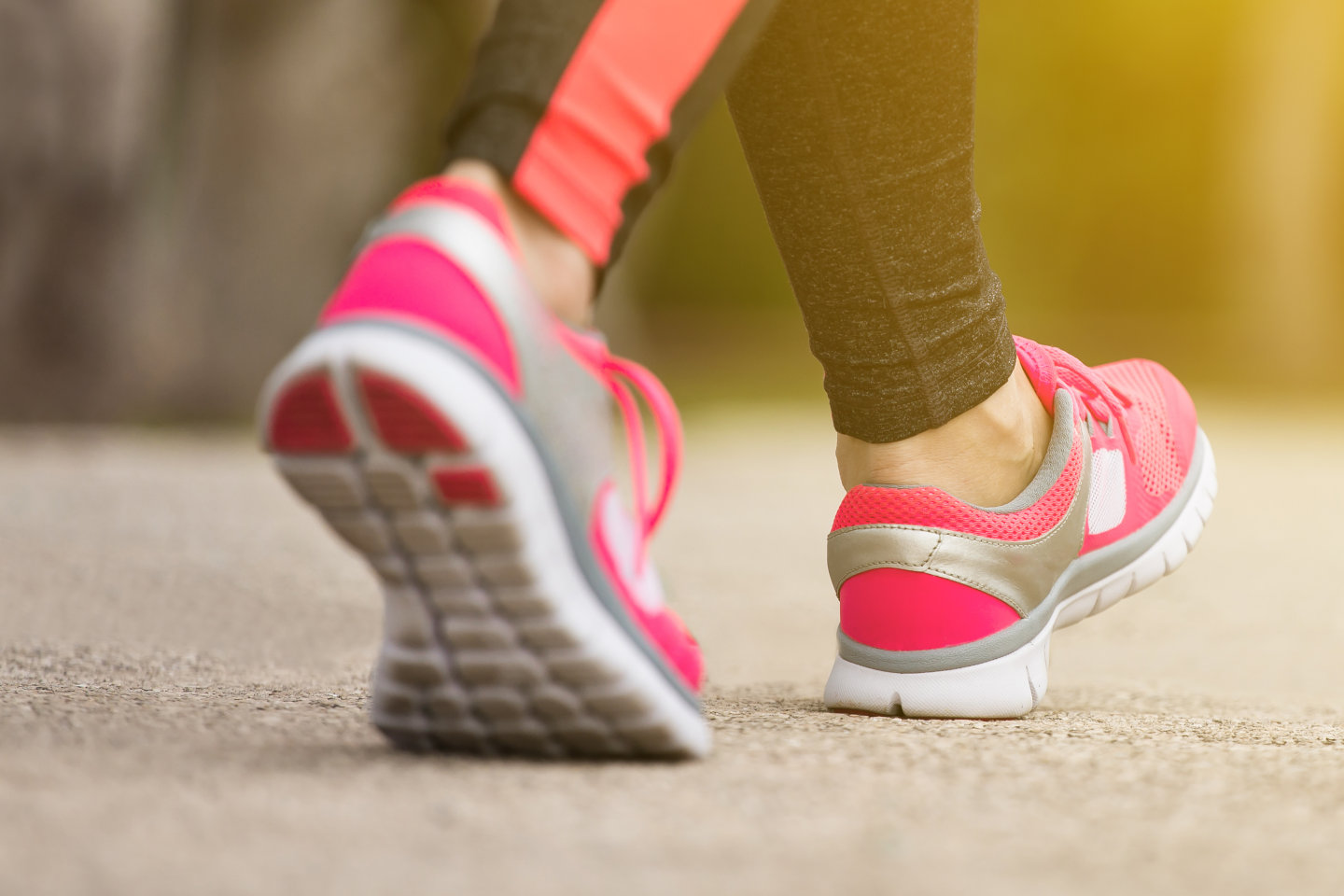
Prevalent Conditions That Runners Experience
People who are naturally good at running long distances often have biomechanics that suit running—they’re kind of self-selected in that way. But it’s usually people who are newer to running, especially those coming from a more sedentary lifestyle, who tend to run into more issues.
For beginners or those just getting into it, we often see problems like Achilles tendinitis, plantar fasciitis, and other soft tissue stress-related injuries. Some people have less-than-ideal mechanics—maybe they’re hypermobile, have poor foot structure, or overpronate. In those cases, we may need to provide more support and control, sometimes with less cushioning.
On the other side, some runners have very rigid feet or limited mobility. They tend to do better with more cushioning and protection—something more like a Hoka-style shoe, for example.
There are also more specific issues we look out for, like a limited range of motion in the big toe. In those cases, a custom orthotic with a specific cutout might help. And then we also have to consider what’s happening further up the leg —things like shin splints or knee pain often tie back to the runner’s biomechanics.
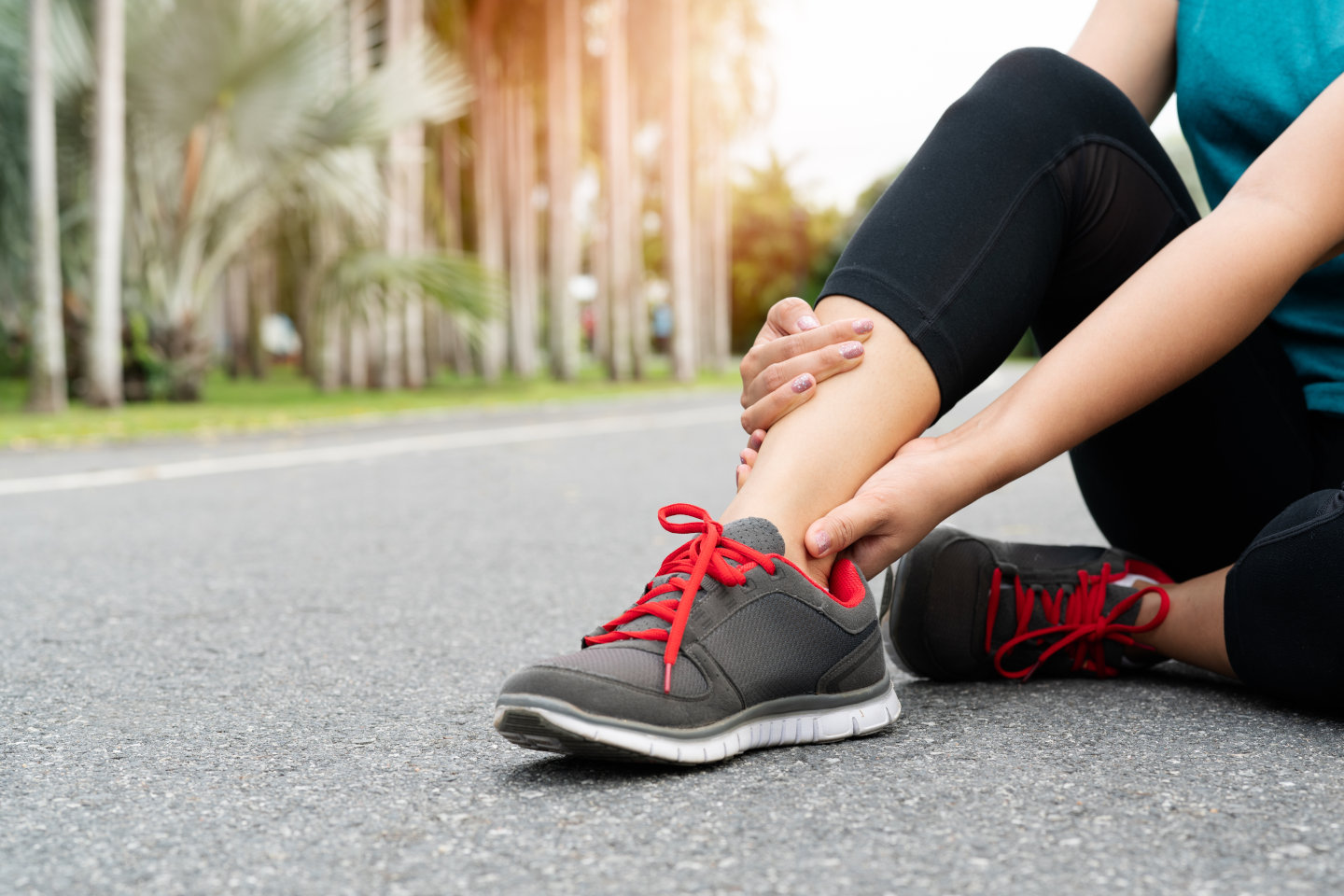
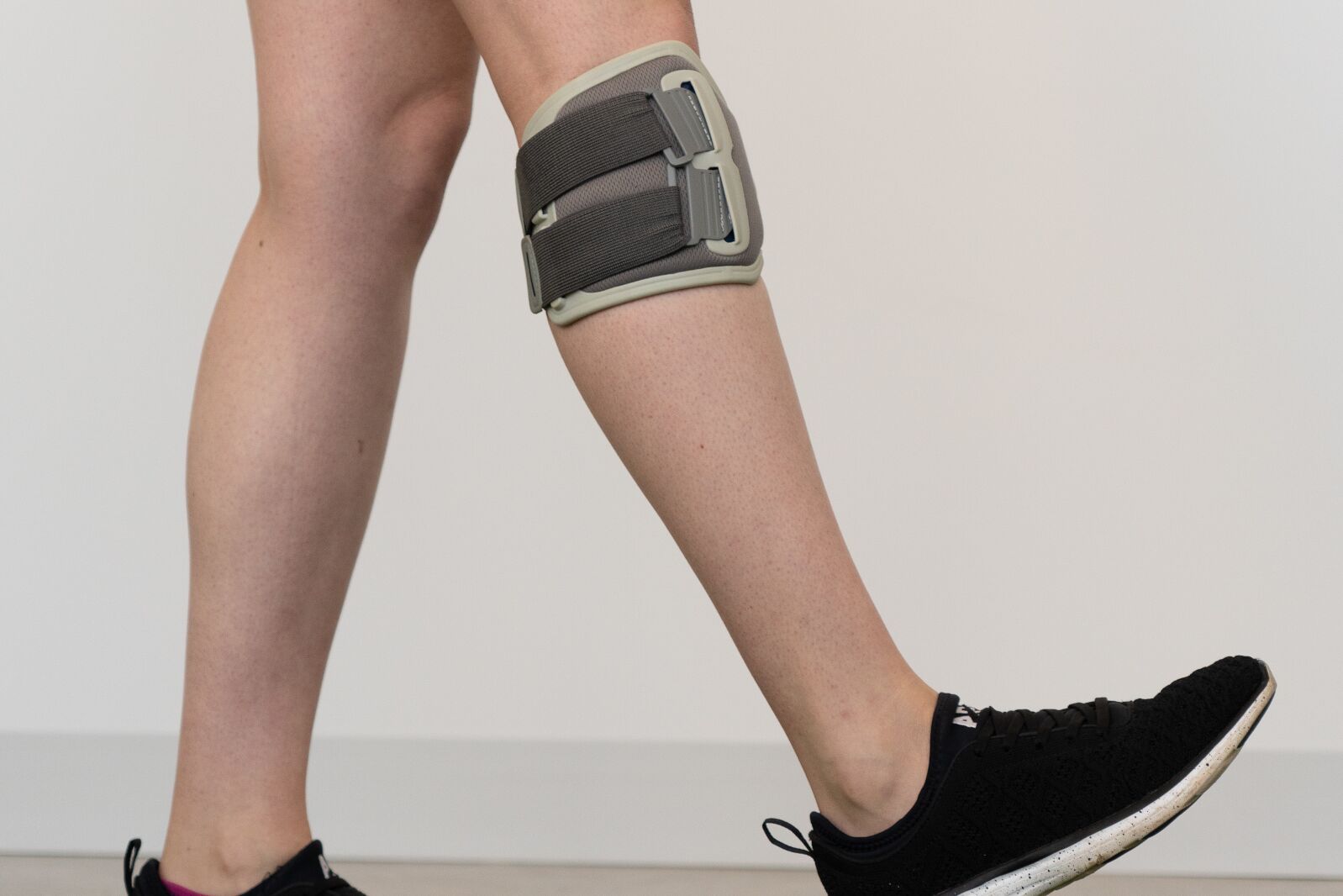
Replacement and Life of Running Orthotics
Ideally, your orthotics should last around two years with normal use. But if someone’s really active—constantly pounding the pavement—then we’d expect them to last about a year. If they’re wearing out in six months, that’s a sign we should take a closer look.
Most issues can be fixed without needing a full replacement. If the arch support has flattened a bit, we can build it back up with more EVA. We can also recover and refurbish them. But if the entire orthotic is completely squashed and has lost all structure, then we’d probably need to remake it.
For very high level and consistent runners, orthotics can last as little as 6 months.
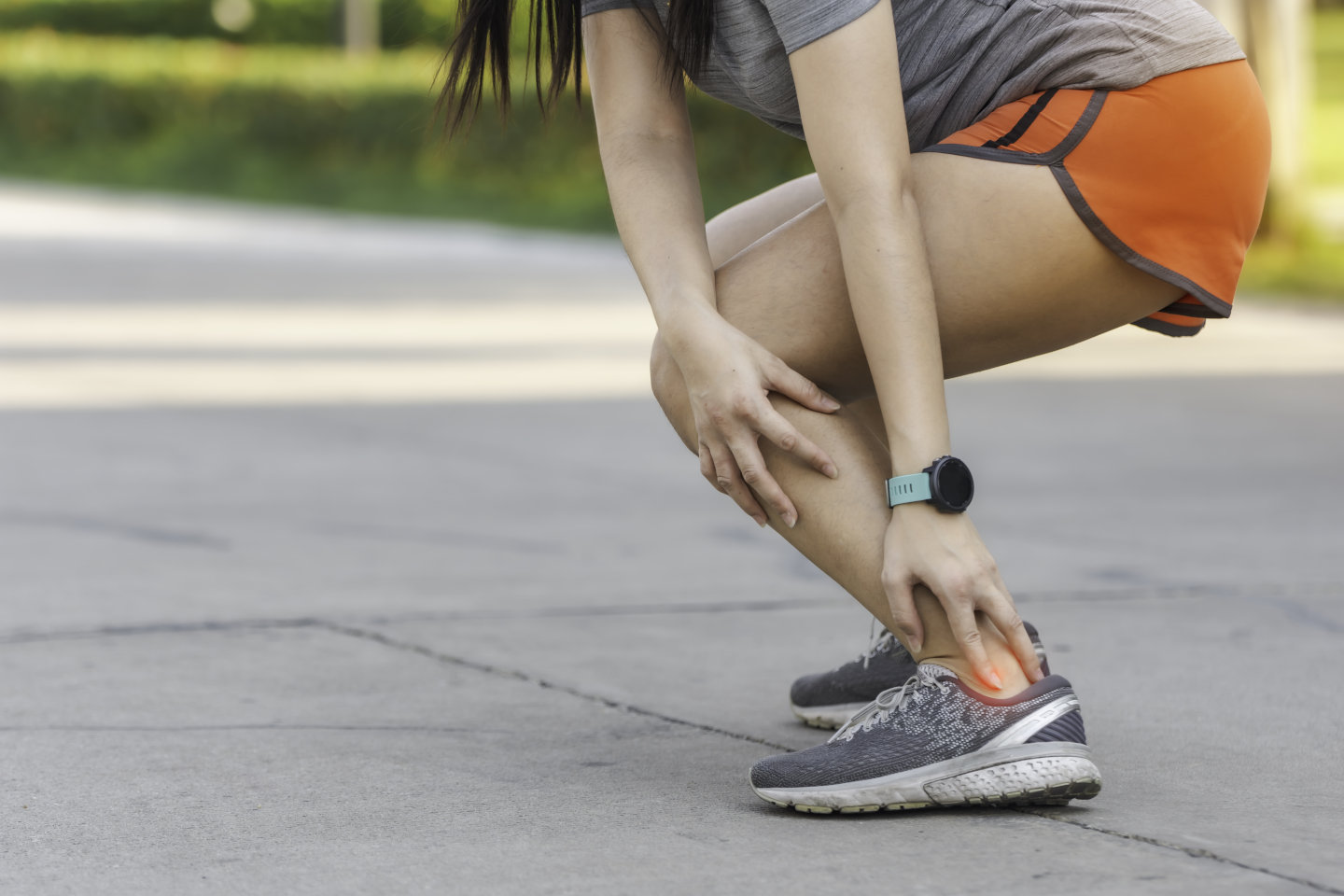
Adjusting to Orthotics for Running
Just like with a new pair of running or hiking shoes, you don’t want your first time wearing them to be during a long run. The same goes for new foot orthotics.
We usually recommend that people are able to wear them comfortably for a full day of walking before they start running in them.
It’s best to break them in gradually—maybe start with a 15 to 30-minute run and see how they feel. There’s no strict schedule because it really depends on the person.
For some, a typical run might be 50 kilometers, and for others, it might be 5. So if you go out and run just one kilometer, that might already be pushing your limit.
The main thing is to take it slow, listen to your body, and ease into them.
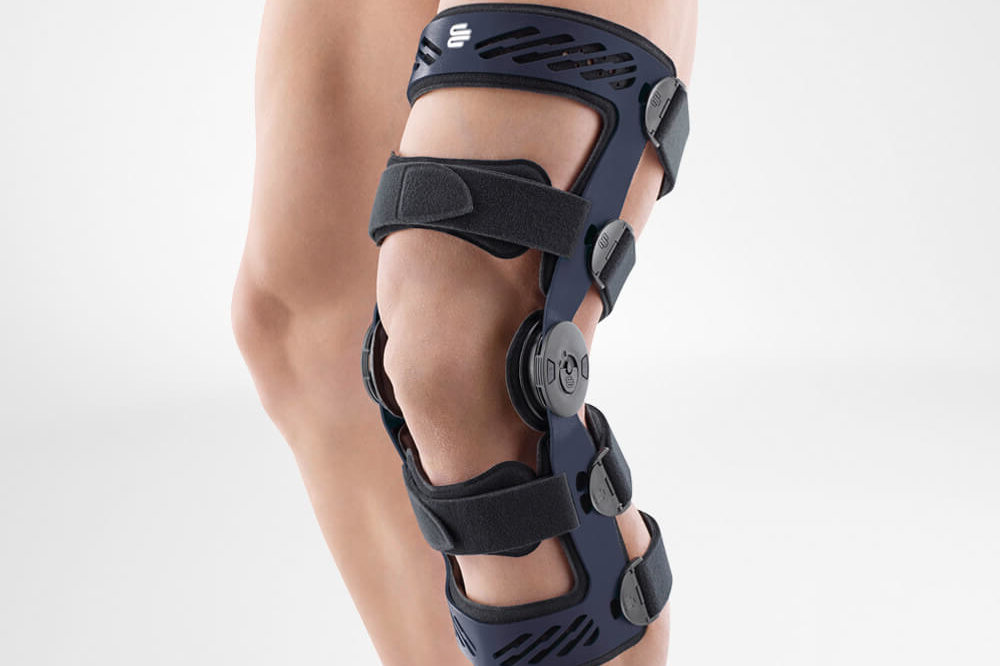
Can Running Orthotics Be Adjusted?
Yes. Different clinicians have different approaches, but as a general rule, we aim to correct the foot as much as we can—and the goal is for the person to gradually adapt to that correction.
If someone just wants a pair of flat, soft orthotics that feel comfortable right away, that’s easy to make, but it doesn’t provide the support or correction they likely need. We aim for maximum support and correction, even if that feels uncomfortable at first. You might feel more pressure under your arch or notice you’re walking a little differently.
The idea is to push through that initial adjustment period so your body can settle into a better posture. If you truly can’t tolerate it after a reasonable time, then we can start modifying the orthotic—removing material or adjusting the design. But we try to avoid doing that too soon.
If you’re in significant pain 24 hours after getting them, we’ll review them right away. Still, we don’t want to remove all the support immediately, because this contradicts the correction we’re trying to implement.
We provide a high level of initial fitting and reviews should the need arise for our custom foot orthotics.
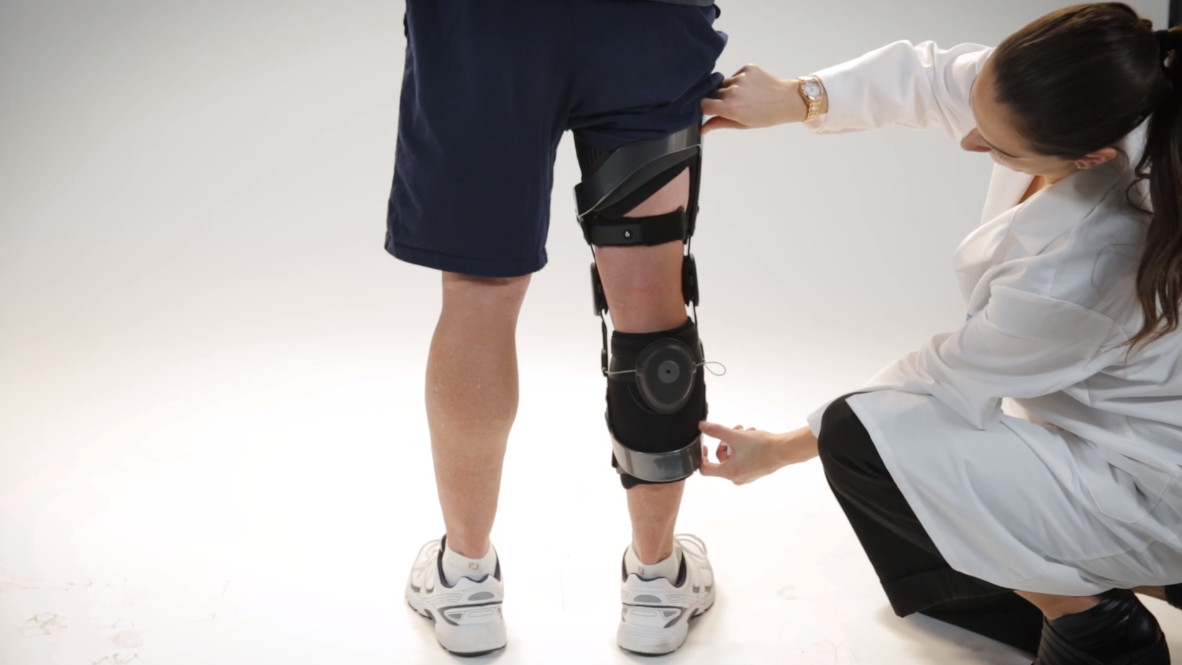
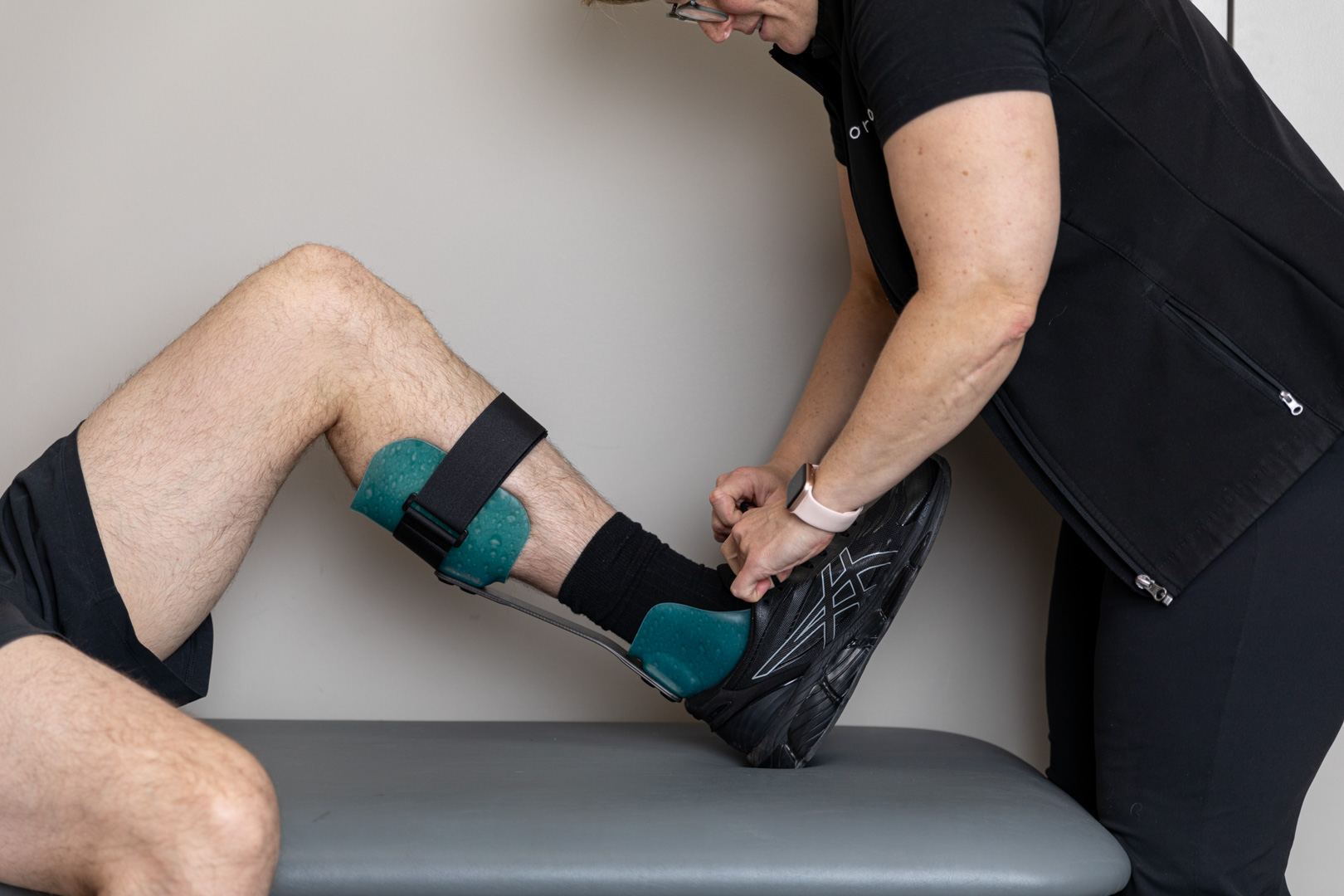
What Density Orthotic Should I Get for Running?
Generally, if you’re running and need more support, especially for biomechanical control, you’ll want a higher-density EVA. It provides more structure and tends to last longer. On the other hand, if someone has a more rigid foot and doesn’t need much correction but does need cushioning, then we’ll use a lower-density EVA, which is softer.
The softer the EVA, the more it compresses and flattens over time, so it won’t last as long. Higher density EVAs are more durable but less cushioned. So it really depends on what the foot needs: support or shock absorption.
Most shock absorption comes from your shoes and your natural biomechanics.
Orthotics can help with cushioning, but they’re primarily used to distribute load and correct movement patterns.
The shoe also plays a role. For example, if you’re wearing a stiff shoe, we might add more cushioning to the orthotic to balance it out. But with most running shoes, you’re already getting a decent amount of cushioning, often 25mm or so under the heel.
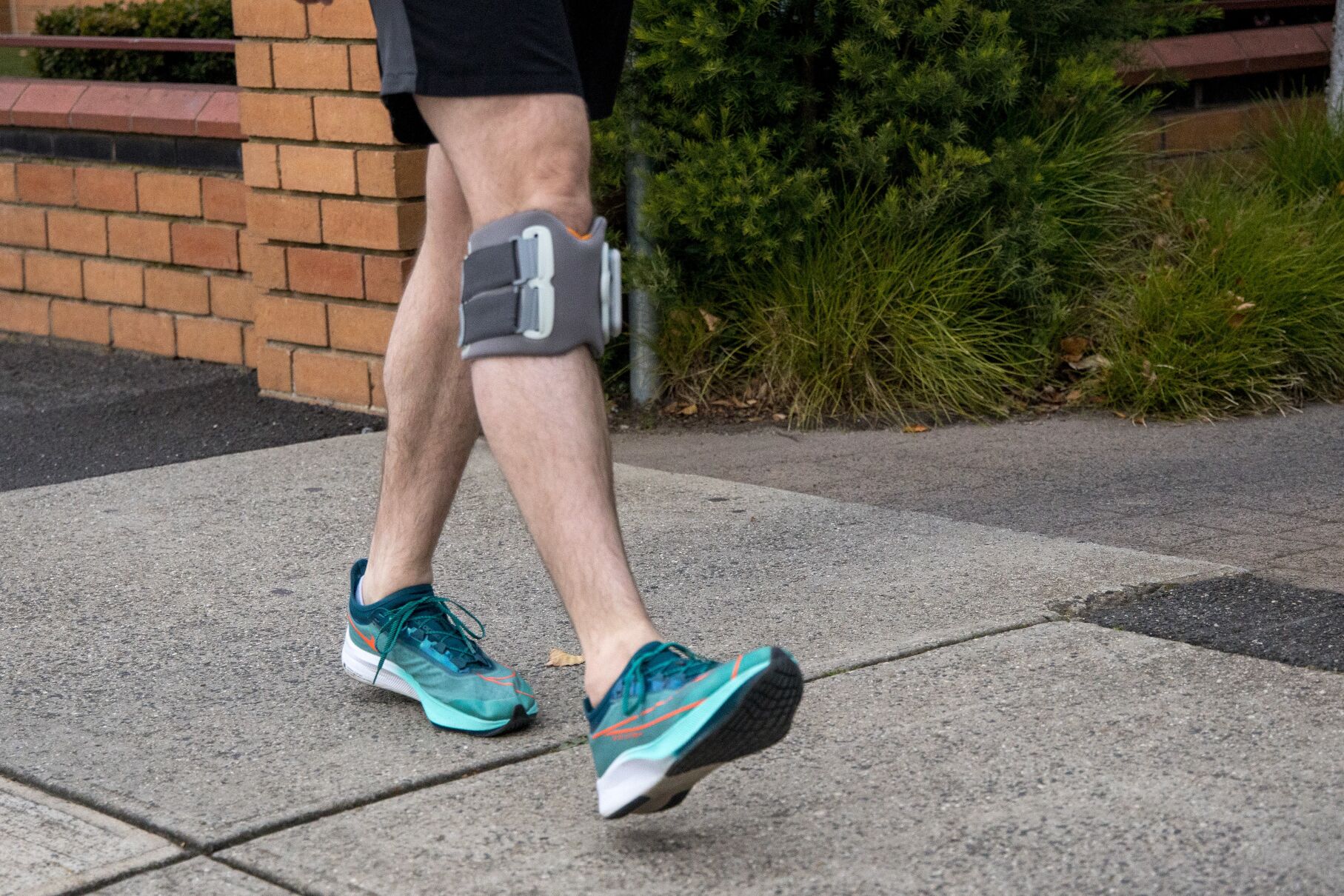
Do You Need a New Pair of Running Orthotics?
Orthotics Plus Melbourne has been providing expert services for runners all over Melbourne for over a decade.
- You will receive a 1:1 comprehensive assessment
- We provide follow-up support
- We can post your orthotics if that is more convenient
- We are a locally founded and operated company
To get started, browse our clinic locations and contact the closest Orthotics Plus to you.
